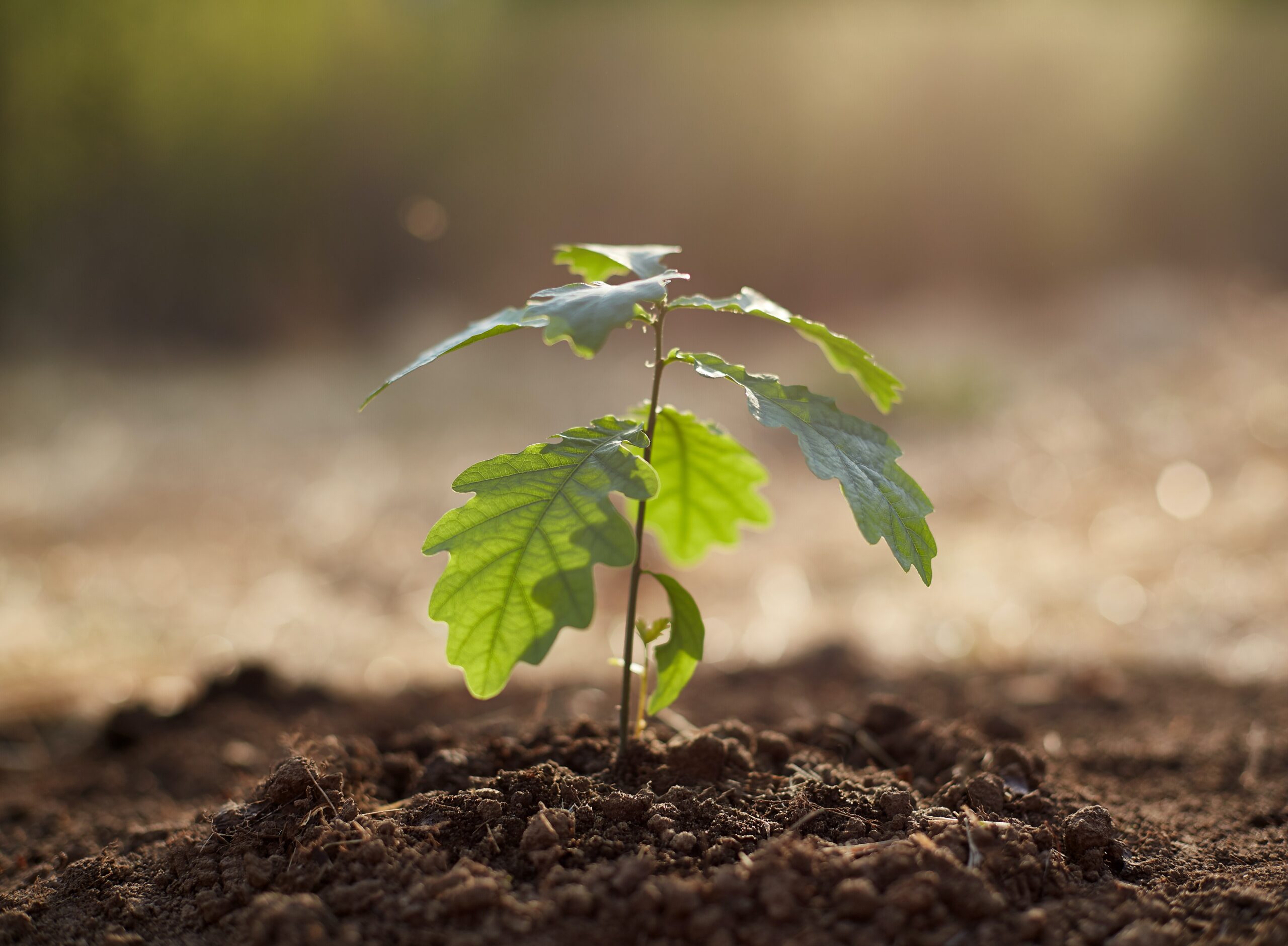The benefits of having mature trees in your landscape are many. Trees provide shade, dampen the effect of noise pollution, and attract wildlife to your yard. If your space is lacking in greenery, new trees may be something to look into. Sure, it will take a while for small trees to fill in. But that’s all the more reason to get started today.
Step 1: Choosing a Tree
A bit of pre-planning when it comes to tree selection can lead to a great deal of increased satisfaction with your tree in the long run. Consider a tree’s eventual height and width, light and soil requirements, appropriateness for your region, growth speed, and debris cleanup requirements before committing to a species. Purchase trees directly from local garden centers when possible; trees locally grown will be already acclimated to local light and soil conditions, leading to an increased likelihood of successful transplantation.
Step 2: Select a Planting Location
Consider a tree’s light and soil requirements before choosing a place to plant. Think about eventual root and branch spread, keeping well away from foundations or driveways that could be damaged by a wide-spreading species. Be considerate of your neighbors when selecting a planting location. Will branches eventually encroach on their space or block their view? Other things to think about include power line location and homeowner’s association restrictions.
Step 3: Prepare the Hole
Wide and shallow holes tend to lead to better root growth. A general rule of thumb is to dig a hole at least twice as wide as the container that the tree came in. The holes should be a bit shallower than the root ball is tall.
Step 4: Planting the Tree
Remove any root covering material and place the tree in the hole, lifting by the root ball, not the trunk. Place tree so that a bit of the root ball emerges above ground level; add soil underneath if necessary. Ensure that the tree is straight before filling in the hole surrounding the tree with dirt and patting down to remove air pockets. Mound up dirt to cover the exposed top of the root ball; the tree will settle some after planting and mounding the root ball ensures that the roots don’t eventually end up too deep.
Step 5: Aftercare
Mound two to three inches of mulch around your new tree, leaving a two-inch ring of bare soil surrounding the trunk to prevent mold. Stake using a three-stake system if necessary. Watering is the single most important thing that you can do to ensure the long-term success of your new tree. Water thoroughly immediately after planting and frequently thereafter throughout the remainder of the growing season. Your goal is to keep the soil surrounding the new tree moist, but not waterlogged.
With these five steps, you will soon be on your way to tree planting success. In a few years, you will have an established tree and will be reaping the many environmental and aesthetic benefits of trees in your yard. Minor pruning may be required in the years to come; keep species-specific requirements in mind to ensure continued flourishing.
